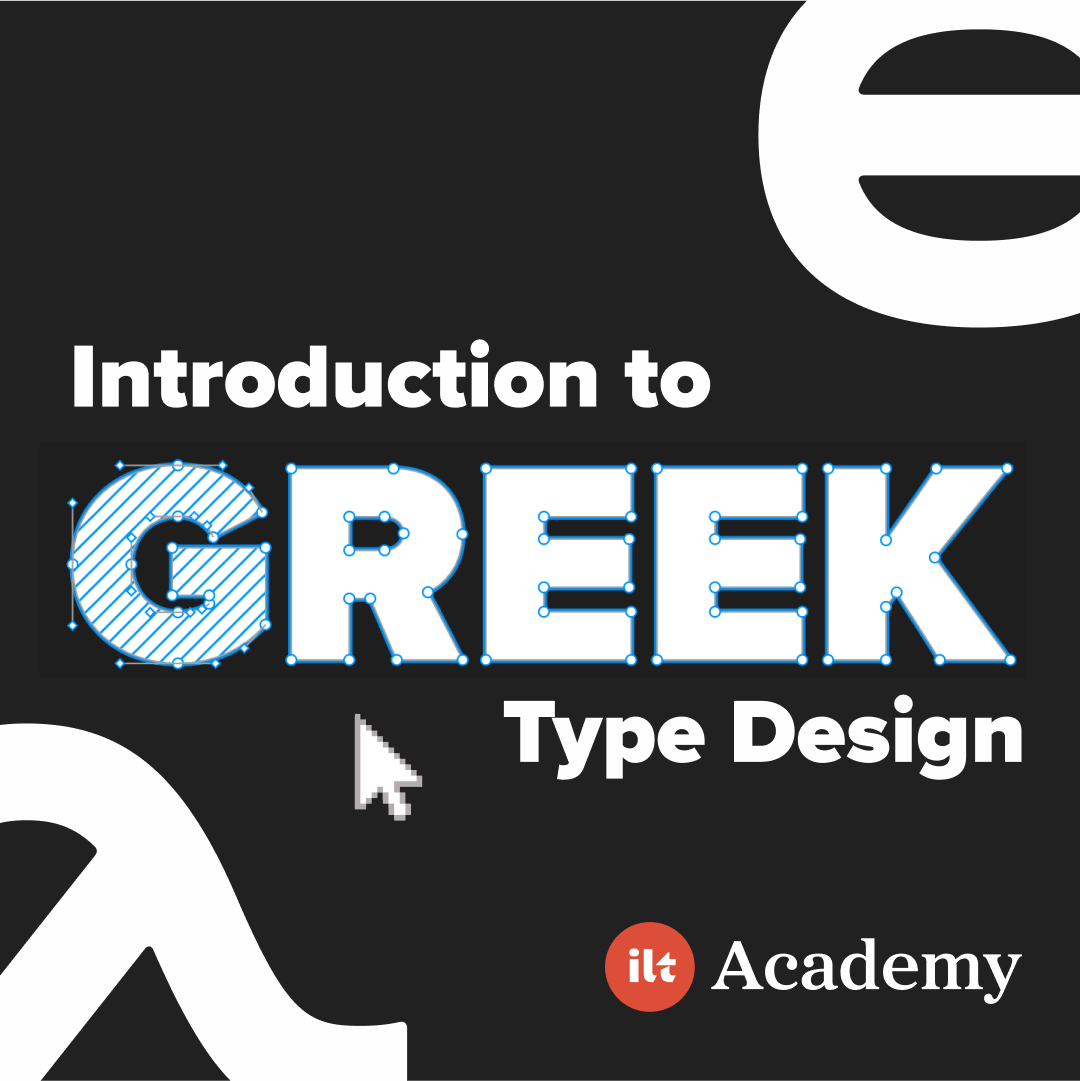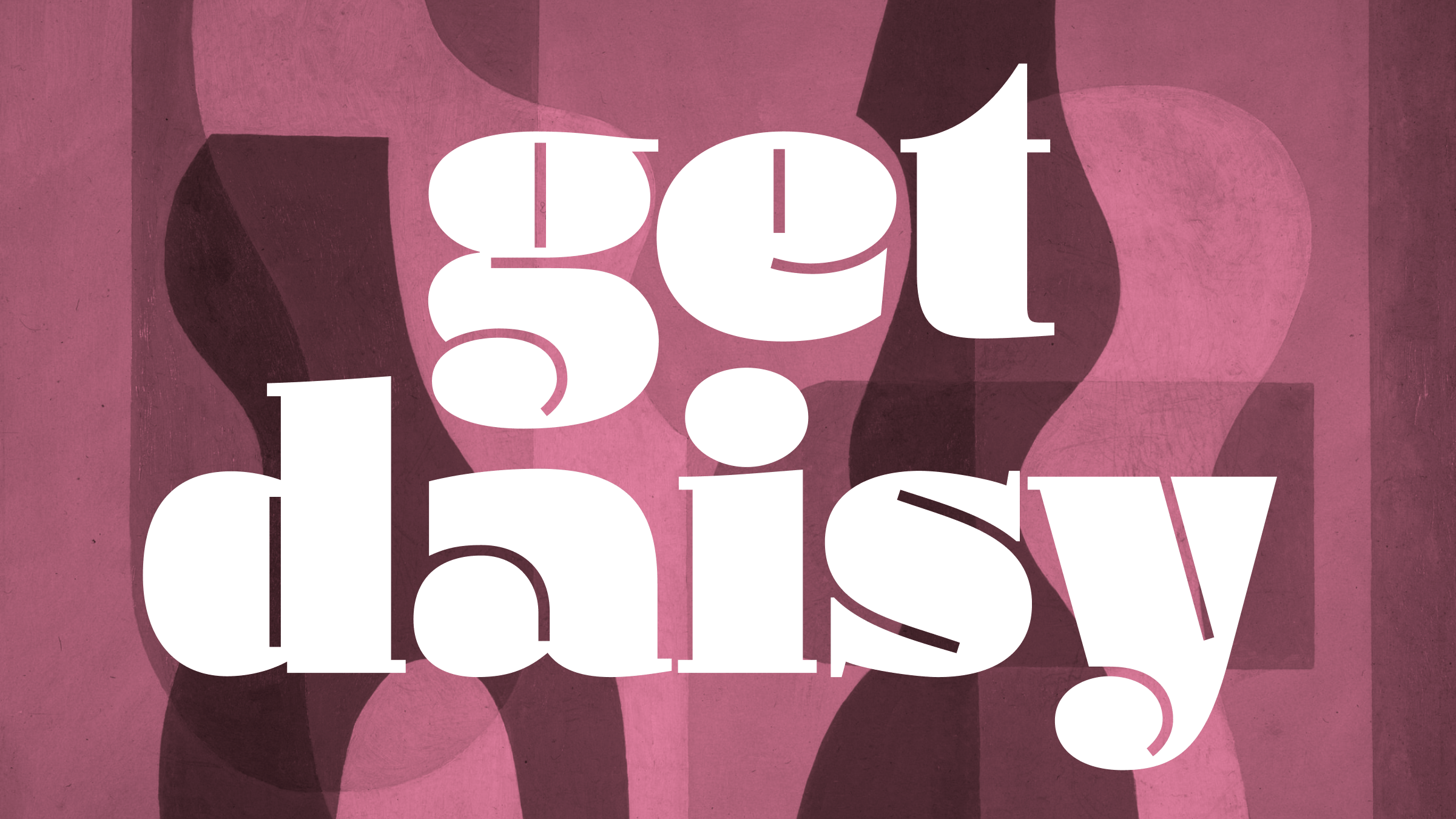December 12, 2020
For more than a thousand years the meaning of Egyptian hieroglyphs was completely lost. For centuries, many assumed that they were magical symbols that might never be understood by mere mortals. The breakthrough only came with the discovery of a 2,200-year-old black basalt slab. But what does that have to do with typography, dragons and unicorns? Read on to find out.
read
typographic firsts
September 28, 2020
News has been around as long as humans have. From word of mouth to handwritten newsletters to printed newspapers in the early 1600s, the news has always captivated us. It has evolved from an expensive and bespoke service for an elite few into a major part of today’s mass media.
read
ephemera type history typographic firsts
July 31, 2020
The modern poster first appeared in France in the 19th century, but its antecedents can be found in Renaissance printmaking. Woodcut, engraving, etching, and drypoint were techniques used by the likes of Albrecht DĂĽrer, Hieronymus Bosch, and Raphael, while printmaking publishers, like Hieronymus Cock, helped popularize the standalone art print and turn it into a thriving industry.
read
ephemera printmaking typographic firsts
July 11, 2020
The remarkable story of early African American print culture; its authors, editors, journalists, printers, and publishers. From protest pamphlets to the first Black newspapers, periodicals and books.
read
19th century america feature popular typographic firsts
June 18, 2020
From around the beginning of the 1600s, there was a renewed interest in calligraphy. At the same time, women, known as writing mistresses, begin to teach handwriting and calligraphy to young women. Maria Strick in the Netherlands and Marie Pavie, perhaps from France, are the first two women to have their calligraphy copybooks published in print.
read
calligraphy popular typographic firsts
June 6, 2020
Robert Granjon (1513–90) was a French type designer who, in 1557, invented a new style of typeface which later came to be know as Civilité, after the civilité or etiquette books which the typeface often appeared in. Although Granjon wished for his Civilité to become the national typeface of France, it never really caught on, and it never seriously competed with Roman and Italic fonts.
read
feature popular type design typographic firsts
April 20, 2020
On a cold morning in early autumn of 1536, in a small town on the outskirts of Brussels, William Tyndale was led from a tiny prison cell, then chained to a stake, strangled and burned. His crime? Daring to challenge the Catholic Church and his insistence on translating the Bible into English. Tyndale’s translation was […]
read
book-history post-incunabula typographic firsts
March 19, 2020
The Black Death of the fourteenth century, a disease named after the symptomatic boils and darkened skin caused by internal bleeding, claimed as many as 200 million lives. Even by the fifteenth century, when populations were just beginning to recover, outbreaks of the same plague were still regularly reoccurring throughout Europe.
read
5-minute books typographic firsts
January 27, 2020
The pointed finger must surely be one of the oldest human gestures. In deep prehistory, long before the evolution of spoken language, and when we were considerably hairier, it is not difficult to imagine one of our primitive human ancestors pointing to a lion, a landmark, or a lemon.
read
5-minute books paratext type history typographic firsts
January 13, 2020
Printing was introduced into the Americas by the Italian Giovanni Paoli, better known as Juan Pablos. The first book issued from his press in Mexico City was Doctrina breve, a Spanish handbook of Christian doctrine, written by Juan de Zumárraga, Mexico’s first bishop, and printed in 1539 — making it the Western Hemisphere’s first printed […]
read
5-minute books america type history typographic firsts




















